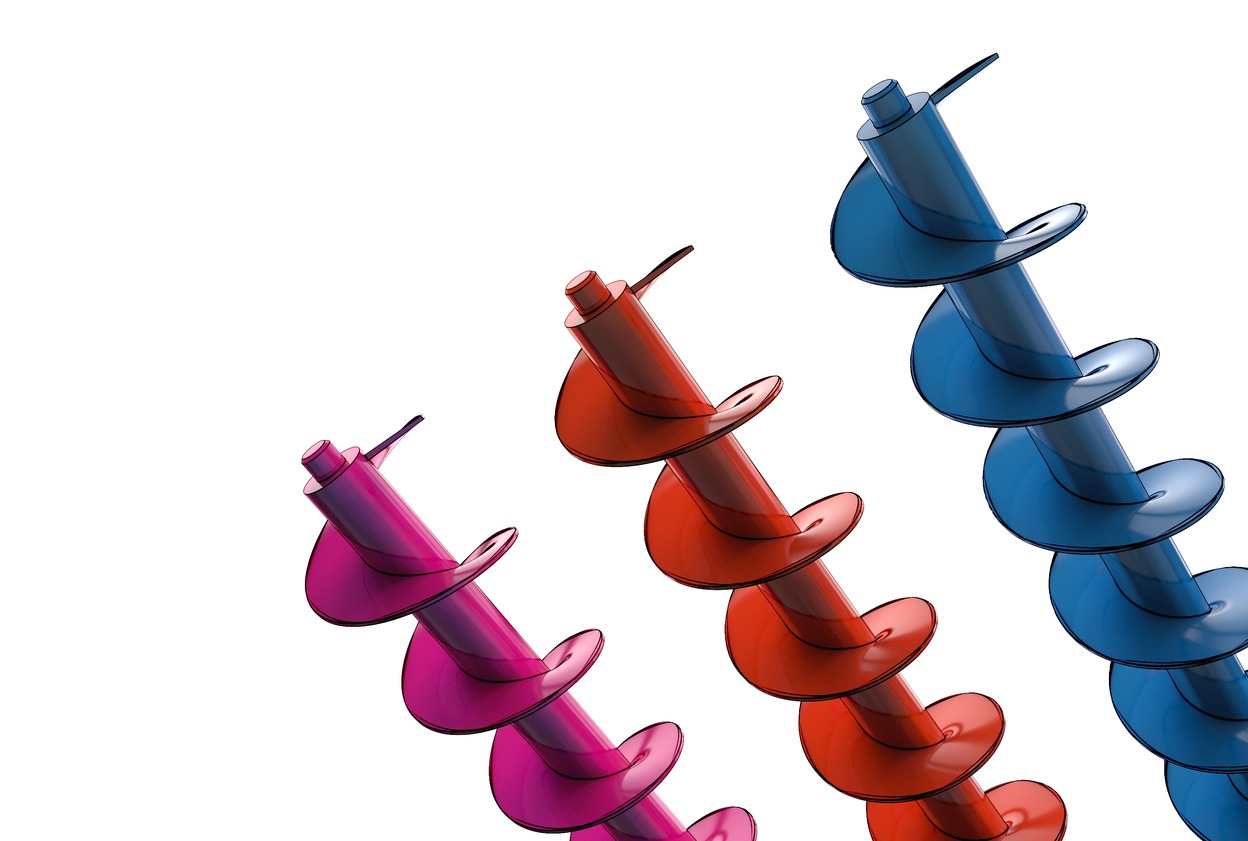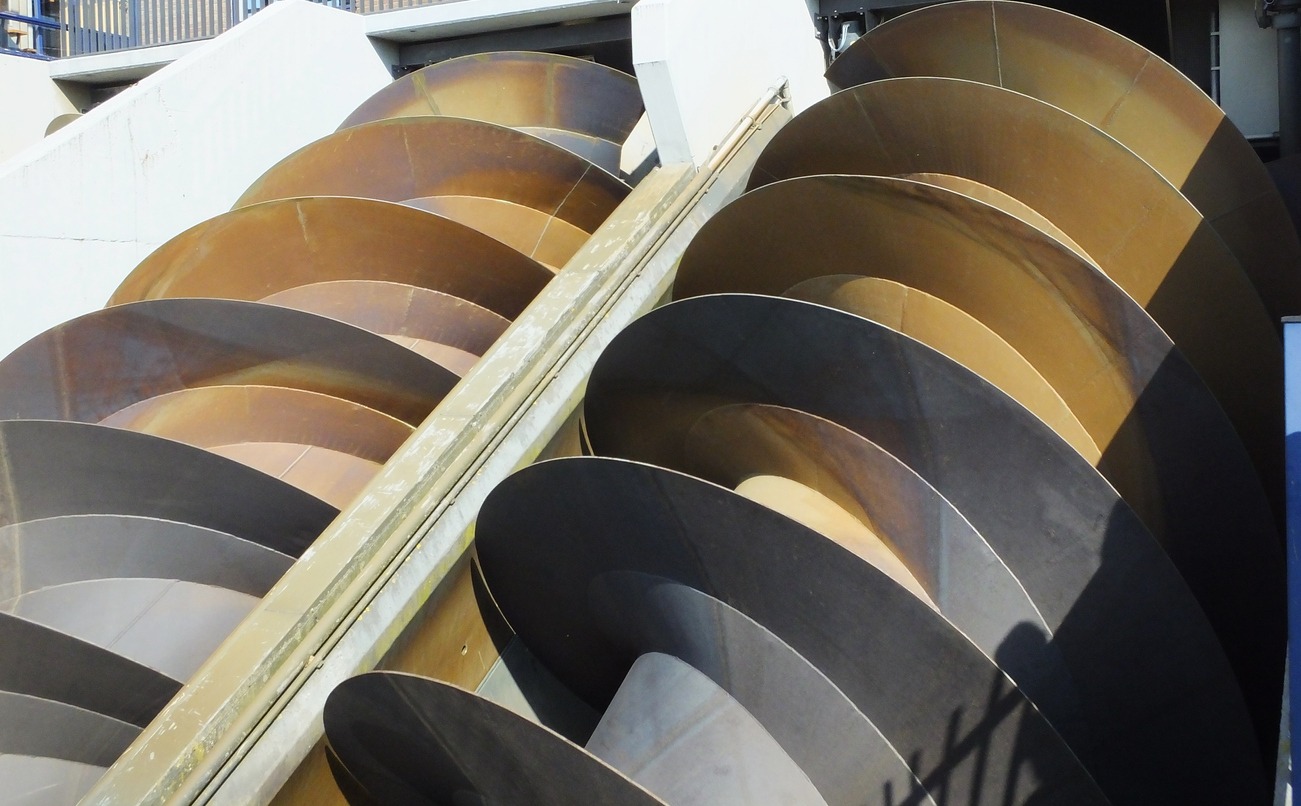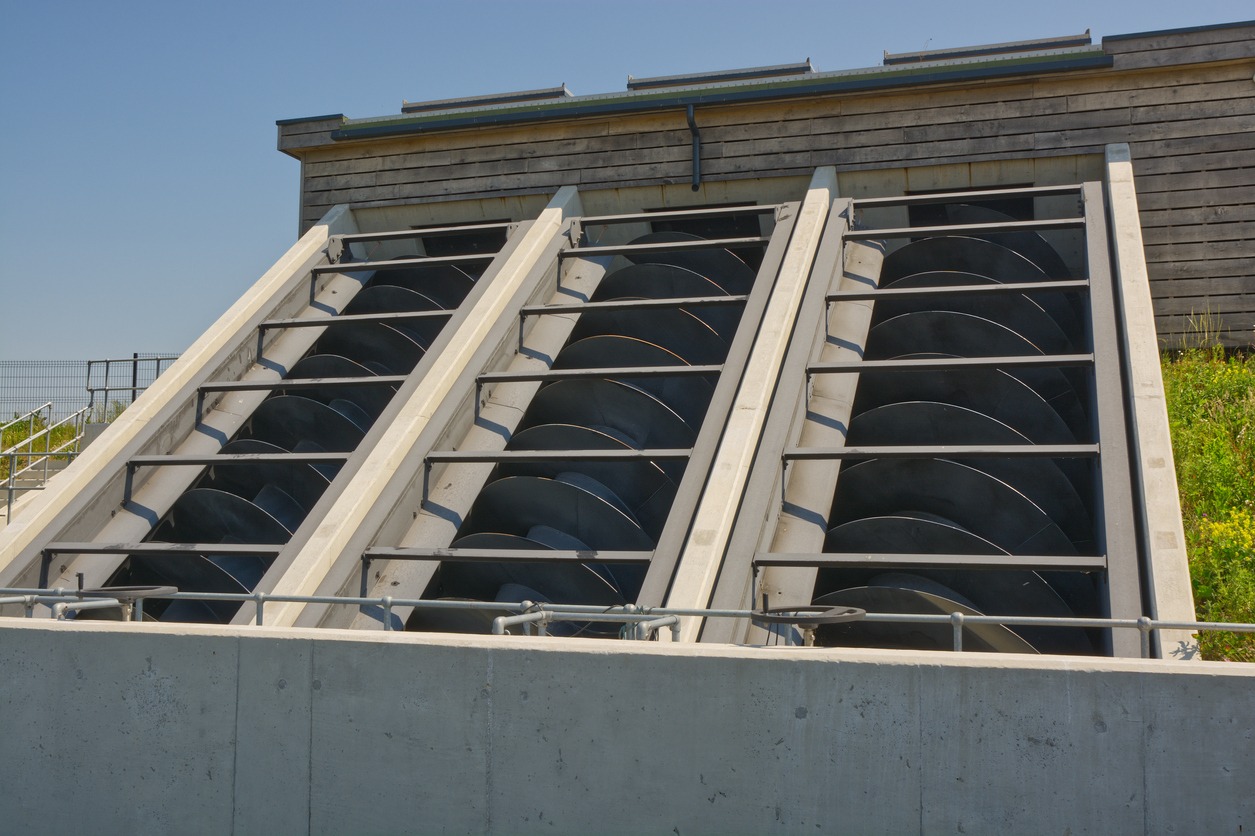In the list of ancient inventions, few have stood the test of time and utility like Archimedes’ Screw. Named after the famed Greek mathematician and inventor Archimedes of Syracuse, this ingenious device was conceived over two millennia ago. Yet, it remains a vital tool in modern engineering, especially in water management and irrigation.
Designed as a simple yet effective machine for lifting water, its original purpose was to irrigate fields and drain water from ships and mines. This article delves into the historical and mechanical aspects of Archimedes’ Screw and how it became influential in modern water management.
What is Archimedes’ Screw?
Archimedes’ Screw is a device steeped in simplicity and effectiveness, a testament to the ingenuity of one of the greatest minds of ancient Greece. This machine, believed to have been invented in the 3rd century BC by Archimedes of Syracuse, is primarily used for transferring water from a low-lying body of water into irrigation ditches.
The Basic Design
The design of Archimedes’ Screw is elegantly straightforward. It consists of a screw, a helical surface surrounding a central cylindrical shaft housed inside a hollow tube. Traditionally, the device was made of wood, but modern versions can be made from metal or other materials.
How It Operates
The working principle of Archimedes’ Screw is based on the motion of the screw. When the bottom end of the tube is placed in water, and the screw is turned, water is drawn up the spiral turns of the screw. As the screw is rotated continuously, water moves up the spiral and out of the top of the tube.
The mechanism works because of the screw’s inclination. As it turns, the water is trapped between the threads of the screw and is lifted as the screw turns. The height to which water can be lifted is determined by the length of the screw and the angle of inclination.
Versatility in Application
What makes Archimedes’ Screw remarkable is its versatility. Originally designed for irrigation purposes, it has been adapted for various uses over the centuries. It can drain low-lying land, lift wastewater in treatment plants, and even help in moving granulated solids in the industrial sector.
Energy Efficiency
One of the advantages of Archimedes’ Screw is its energy efficiency. It can be powered by hand, by wind using a windmill, or by modern motors. The simplicity of its design translates into low maintenance costs and reliability over long periods.
Application of Archimedes’ Screw in the Modern World
Despite its ancient origins, Archimedes’ Screw continues to find relevance and application in our modern world, demonstrating the timeless utility of this ingenious device. Far from being a relic of the past, it has evolved and adapted, finding its place in various contemporary settings.
A Mainstay in Agriculture and Irrigation
In the realm of agriculture, Archimedes’ Screw remains a vital tool for irrigation. Its ability to lift water efficiently from lower to higher ground makes it ideal for transferring water from rivers and streams to agricultural fields. This is especially useful in regions where electric power is scarce, as the screw can be manually operated or powered by natural forces like wind.
Role in Wastewater Treatment
One of the most significant modern applications of Archimedes’ Screw is in wastewater treatment plants. Here, the screw is used to elevate wastewater or sludge as part of the treatment process. Its gentle handling of materials makes it suitable for this purpose, minimizing the risk of damaging the treatment infrastructure.
Renewable Energy Generation
In a twist of innovation, Archimedes’ Screw is now also employed in generating renewable energy. Small-scale hydroelectric projects have begun utilizing reversed Archimedes’ Screws as a means to generate electricity. When water flows down the screw, it drives the screw to rotate, which in turn generates electricity. This application is particularly appealing due to its environmental friendliness and efficiency.
Industrial Applications
Beyond water management, the screw has found applications in various industries for moving granular materials. From transporting grains in agriculture to moving coal in power plants, its ability to handle different materials gently and consistently makes it an asset in many industrial processes.
Environmental Management
Archimedes’ Screw is also being used in environmental management projects, such as wetland rehydration and flood mitigation. By controlling water levels effectively, it helps in maintaining ecological balance in sensitive environments.
Who Was Archimedes of Syracuse?
Archimedes of Syracuse, a name that resonates through the corridors of history, was a figure who left an indelible mark on the world of science and mathematics. Born in the ancient city of Syracuse, Sicily, around 287 BC, Archimedes is widely regarded as one of the greatest mathematicians and inventors of the ancient world.
A Life Dedicated to Science and Innovation
Archimedes’ life was one devoted to scientific inquiry and discovery. Growing up in the Hellenistic period, he was exposed to the rich intellectual traditions of Greece. He studied in Alexandria, Egypt, another center of learning, where he mingled with contemporary scholars and mathematicians.
Contributions to Mathematics and Physics
Archimedes’ contributions to mathematics are monumental. He made significant advances in geometry, calculus, and the understanding of the lever’s principles. His work on the measurement of geometric figures laid the groundwork for future mathematicians. In physics, he is celebrated for formulating the principle of buoyancy, known as Archimedes’ Principle, which explains why objects float or sink in water.
The Inventor’s Legacy
Beyond his theoretical work, Archimedes was also a prolific inventor. He is credited with creating numerous devices, including war machines, to defend Syracuse against Roman invasion. However, his most famous invention remains the Archimedes’ Screw, a device that showcased his ability to apply scientific principles to practical problems.
The Intellectual Giant of the Ancient World
Archimedes’ legacy extends far beyond his inventions and mathematical theories. He is remembered for his methodical approach to problem-solving and his relentless pursuit of knowledge. His work influenced not just his contemporaries but also countless generations of scientists and thinkers who followed.
A Tragic End
Archimedes’ life came to a tragic end in 212 BC during the Roman conquest of Syracuse. According to historical records, Archimedes was killed by a Roman soldier who became irritated when the mathematician was refusing to follow orders to exit his home, mainly because he was so absorbed in his work that he could not leave. The tragic event brought to a close the life of one of the most brilliant minds of antiquity.
Conclusion
The legacy of Archimedes’ Screw extends well into the 21st century, proving its enduring design and functionality. Adapted and modernized, the screw continues to serve in fields as diverse as agriculture, industry, environmental conservation, and renewable energy. Its continued use in the modern world is a testament to the lasting genius of Archimedes and the enduring value of ancient innovations.



